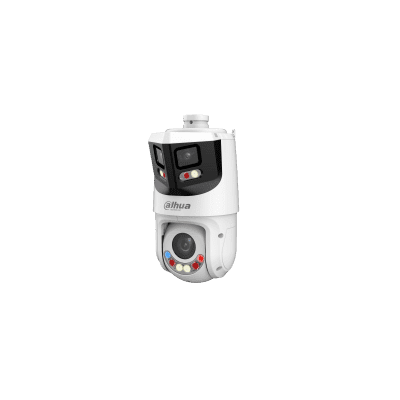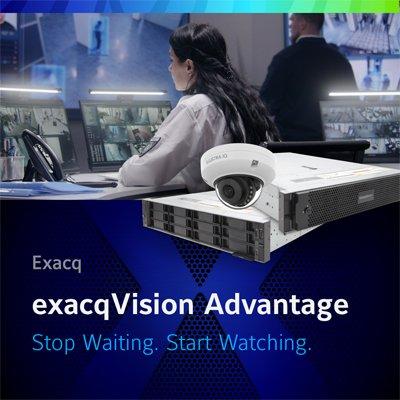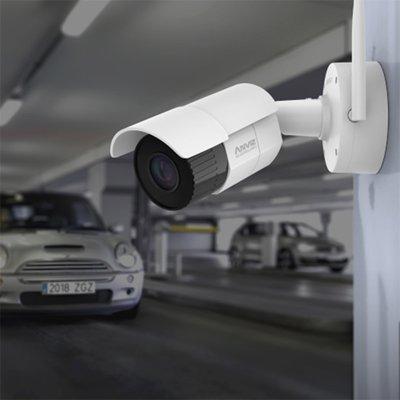 |
| Going back to the blueprint - assessing the challenges of designing an IP CCTV |
Issues to consider when using a company's IP network for CCTV surveillance
It should be an IT manager's key priority to keep system downtime to a bare minimum. It is essential to businesses that the security of their network is always maintained at an optimum level and that the performance of their network is not affected by any additional services working across it. There are many concerns over IT security - for example, the mandatory need to open firewall ports for the CCTV system to transmit images. Security installers have to be aware of such key issues and deal with concerns during the design process when presenting proposals for CCTV images to be transmitted over an organisation's IP network.
Usually security and loss prevention hallmark the operational requirements for a CCTV system in a standard organisation. The installer of the system needs to establish how it will be used by the company, what areas are to be covered by CCTV, and importantly what the security issues are on the premises and how the CCTV system will address them. Once these factors have been identified and it has been decided that an IP-based CCTV system is the best way forward, it would be advisable at this stage to involve the IT department in discussions concerning system design to ensure that the installation of the system is at its most efficient and cost-effective. With the constantly developing IT landscape, it is imperative that the Sales manager has a very high level of IP and network knowledge in order to converse efficiently with the network manager.
IT department's role in contributing to an effective CCTV system
It is essential to businesses that the security of their network is always maintained at an optimum level and that the performance of their network is not affected by any additional services working across it |
Benefits of adopting a well deployed IP CCTV solution
Having taken these issues into consideration, the benefits are still certainly impressive. They include the financial savings resulting from the removal of additional cabling and equipment around the premises, the ease of remote access to the surveillance system and the additional user benefits of the control of storage and distribution of CCTV images. Therefore, full integration is a highly preferential option.
 |
| With the IT department and CCTV installer working together this can produce a mutually beneficial solution |
For an installer who is used to and comfortable with designing analogue systems, the topology of an IP based CCTV system is an easy concept to understand, the simplicity with which power, audio and telemetry control can be provided in a ‘fix, plug and use' install process and the economic advantages gained from less cabling, are all available for a system on its own bespoke IP network.
By making use of some, or all, of the entire existing network infrastructure, it is possible to eradicate superfluous cost, and at this stage, conversations with the IT manager can begin in order to look at rationalising the initial design. Expertise on the company's network, and expertise in designing a system that meets the exact operational needs of that company, will be provided by the IT manager and the installing company respectively. With the IT department and CCTV installer working together, a more (consultative) approach should arise in terms of the system's design and completion, with any initial worries being removed on both sides.
IP CCTV solution can be mutually beneficial for installers and IT departments
A mutually beneficial solution can therefore develop and any concerns can be alleviated. With this approach, reliability and durability are integrated into system design as well as the set -up of controls, which dictate who is allowed into the system, thus preventing any unnecessary surprises surfacing, such as system outages or security being compromised once the IP CCTV system is installed.
 | Peter Stanton |



















